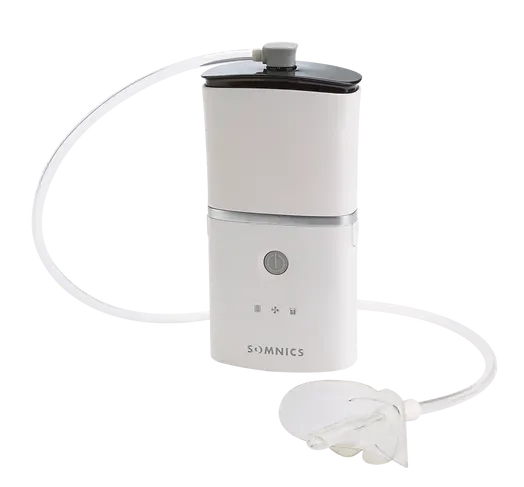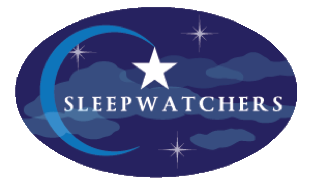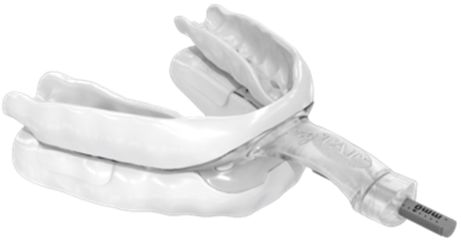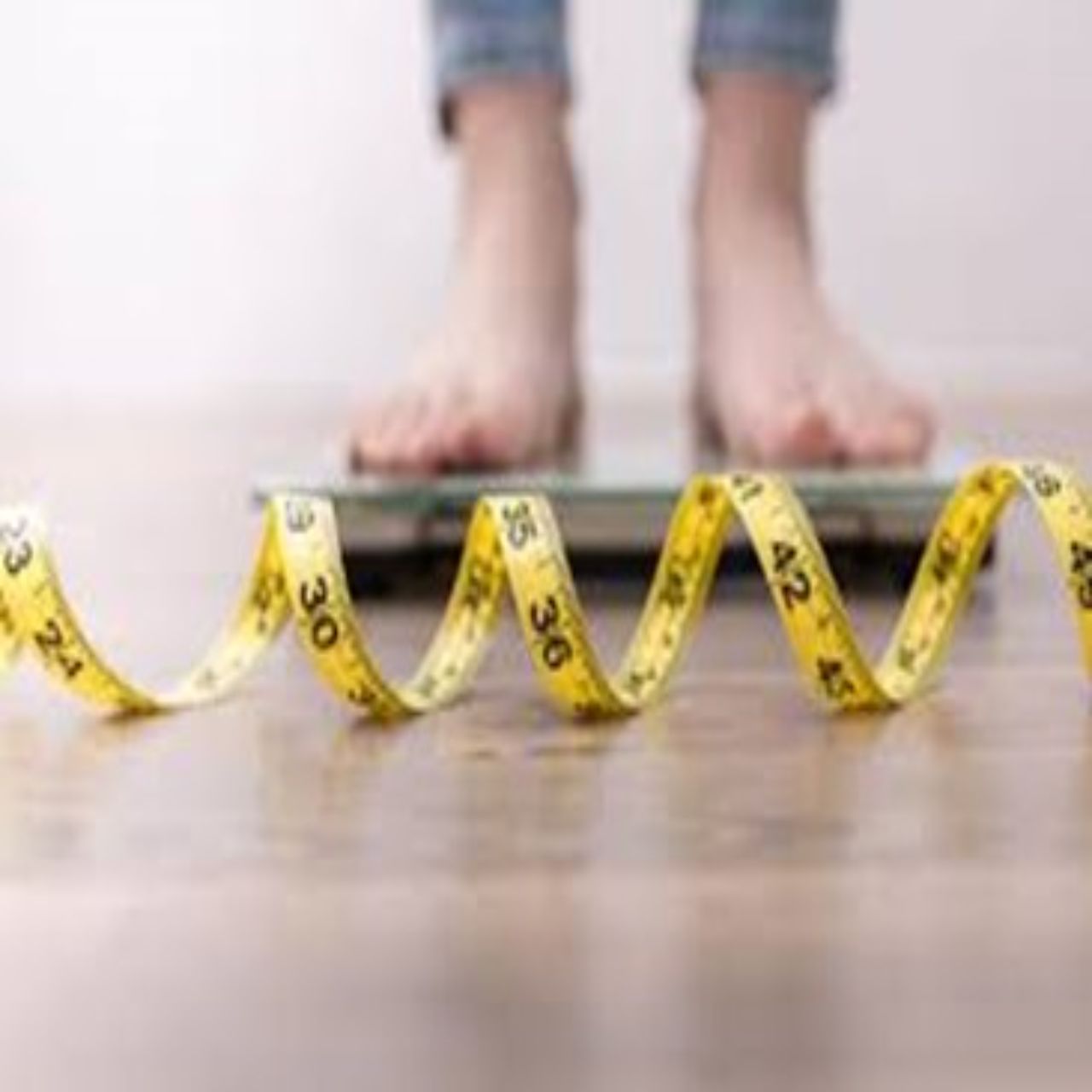Alternatives to CPAP: Snoring and Sleep Apnea Treatment Options
If you snore or stop breathing while you sleep, you may be experiencing symptoms of sleep apnea. The most common type of sleep apnea is obstructive sleep apnea (OSA). If you are diagnosed with obstructive sleep apnea, your health care provider may prescribe a continuous positive airway pressure (CPAP) machine for treatment.
Though CPAP therapy is the most commonly recommended treatment, potential alternatives to CPAP therapy include other positive airway pressure (PAP) machines, positional therapy, oral devices, lifestyle changes, neuromuscular devices, and surgery.
If you are unable or unwilling to use CPAP therapy, it’s ok! We have several other treatment options that are effective alternatives.
Schedule an appointment for a consultation today so that we can help you determine what treatment might work best for you.
Alternative PAP Therapies
CPAP machines deliver a constant stream of air pressure throughout the night. Some people may find this pressure uncomfortable. Though CPAP therapy may be prescribed first, there are alternative PAP machines and emerging treatments that may be considered.

iNAP
iNAP is a new oral negative pressure device for the treatment of obstructive sleep apnea in adults. The system uses a soft, flexible mouthpiece, thin tubing, and a quiet battery-powered console the size of a smartphone to deliver a light, oral vacuum during sleep to comfortably keep the airway open while breathing normally through the nose.
Good candidates are:
- Adults who have been diagnosed with all severities of OSA
- Able to breathe well through the nose during sleep.
- Motivated & committed to trying a new therapy and willing to acclimate to the new therapy, which could take a few weeks.
- Free of major issues concerning teeth, gums, soft palate, or nasal / sinus issues. (Must not have had UPPP procedure.)
Oral Appliance Therapy (Mandibular Advancement Devices)
Oral appliances work by advancing the mandible (or lower jaw) forward to stretch open the airway. This will also help hold the airway open to prevent the severity of snoring and sleep apnea caused by airway collapse. These devices are portable, lightweight, easy to use, and silent! There are very affordable introductory options for patients to try to make sure oral appliance therapy is right for them. Similarly, custom-made devices are also available for longer term use. While OAT is an effective treatment method for many individuals, these devices are generally recommended for people who have mild OSA, mandibular recession, or those who experience OSA only when sleeping on their back.
Schedule an appointment today to see if oral appliance therapy is right for you!

Positional Sleep Therapy
Sleeping in a supine position (on your back) can weaken the airway and increase the number of apnea episodes a person has in a night. In this sleep position, the tongue and larynx can obstruct the airway and worsen the presence of snoring and sleep apnea. One study found that nearly 62% of people with have supine-predominant sleep apnea.
Instead of back-sleeping, experts recommend side-sleeping to reduce the severity of OSA. Studies have shown that patients who are trained to sleep laterally have fewer apneas. We can help you learn if this is right for you and how to train yourself to sleep on your side!

eXciteOSA
(Neuromuscular Electrical Stimulation)
Apneas and other respiratory disturbances are caused by collapse of the upper airway. Studies have demonstrated that patients with OSA may have reduced tongue muscle endurance. Devices such as the eXciteOSA promotes the endurance of the tongue muscles to prevent the collapse of the upper airway during sleep. This device delivers targeted Neuromuscular Electrical Stimulation (NMES) to tone the upper airway muscles and tongue to prevent them from collapsing in the airway. Order your eXciteOSA from Sleepwatchers today!
Lifestyle Changes
Weight Loss and Exercise: Obesity is a risk factor for OSA, but the relationship between weight and sleep apnea is complex. It is important to consult with a medical professional when considering weight loss to treat symptoms of sleep apnea.
Research shows that losing excess weight can reduce the severity of OSA symptoms. A combination of a change in diet and moderate exercise may be recommended. However, weight loss alone may not eliminate OSA.
People who lose weight and change their sleeping positions generally see the best results.
Avoiding Alcohol: Alcohol use can worsen snoring and apneic events in many people. The American Academy of Sleep Medicine recommends avoiding alcohol as one of the first steps in treating OSA.
While lifestyle changes are highly recommended, you may need a temporary treatment to help increase your energy levels and metabolism while you pursue weight loss or other options. We can help you get the temporary treatment you need to feel better right away to help you in this journey!
Surgical Options
A number of different surgeries can reduce snoring and apneas. Here are some examples of surgical options performed by our medical partners:
List of Services
-
Inspire ImplantList Item 1
Inspire is the only FDA approved obstructive sleep apnea treatment that works inside your body to treat the root cause of sleep apnea. It’s a small device placed during a same-day, outpatient procedure. While you sleep, Inspire opens your airway, allowing you to breathe normally and sleep peacefully.
-
Maxillomandibular AdvancementList Item 2
The upper and lower jawbones are repositioned to help keep the upper airway open.
-
Uvulopalatopharyngoplasty (UPPP)List Item 3
This surgery includes removal or repositioning of tissue from around the upper airway.
-
Hypoglossal Nerve Stimulation:List Item 4
For this treatment, a surgeon inserts a stimulator into the nerve that controls tongue movement. When this nerve is stimulated, the tongue is positioned to keep the airway open.
-
Adenotonsillectomy
Commonly, children who have OSA will have their tonsils and adenoids removed. This is sometimes recommended for adults as well.
Find out more on CPAP alternatives by calling (847) 838-9253.




